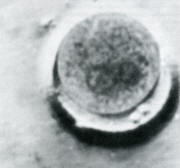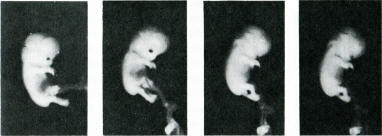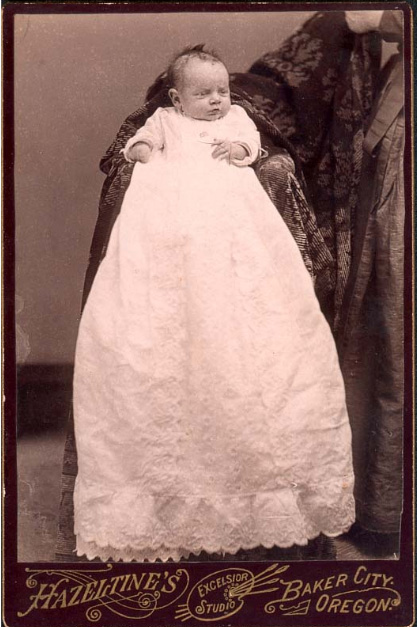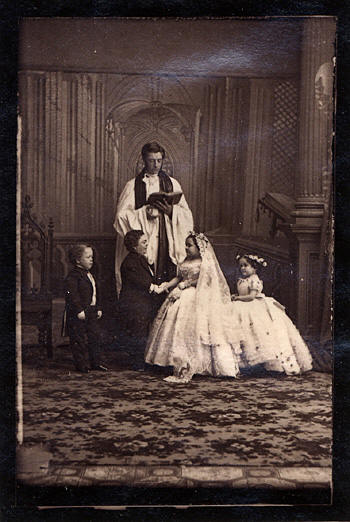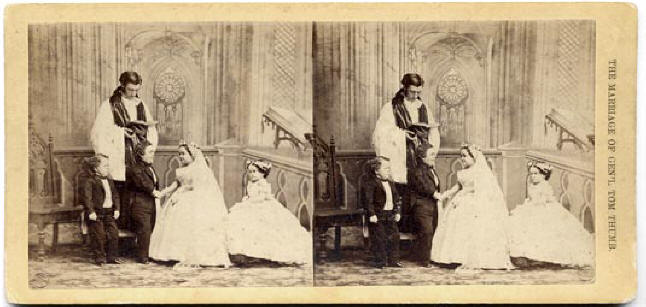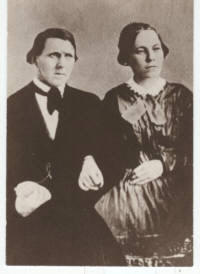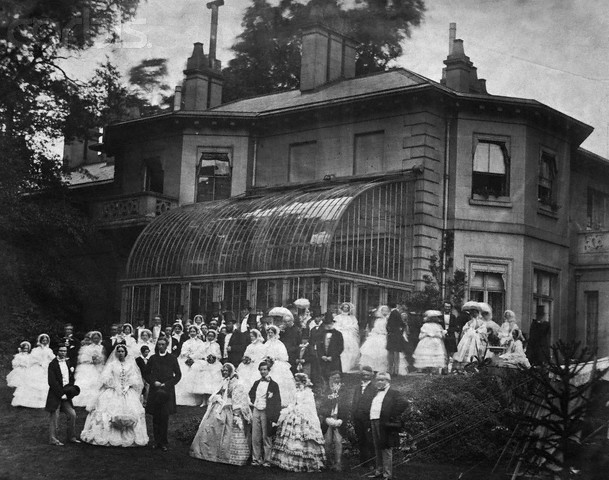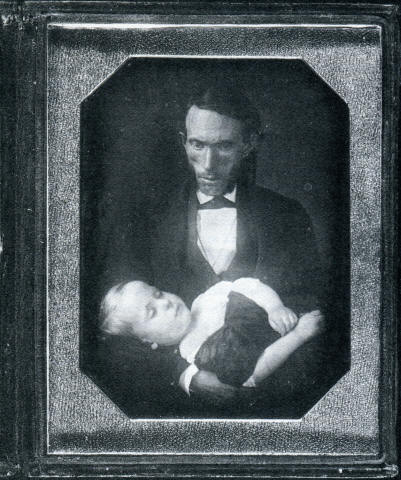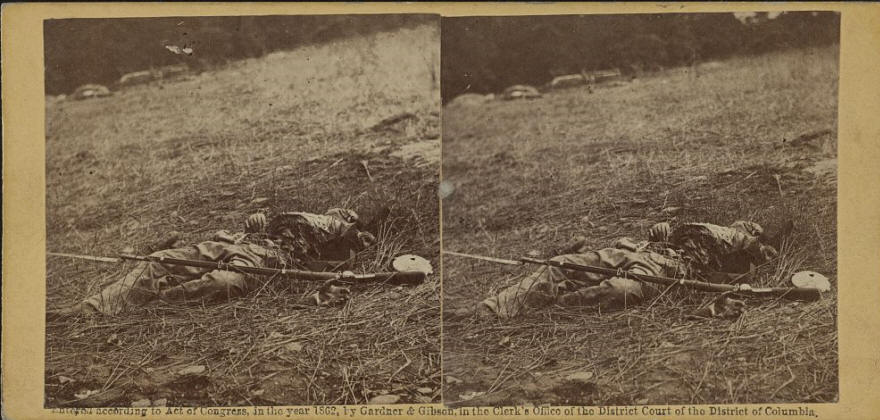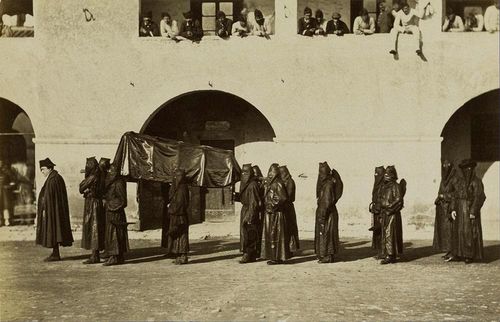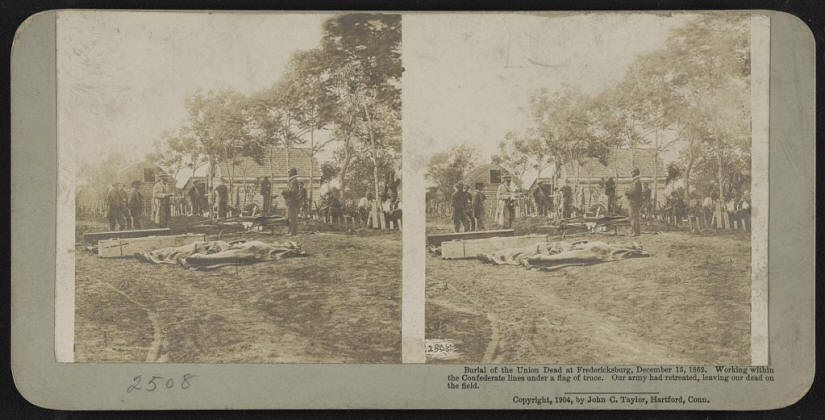First recordings of life eventsNB This is very much work in progress. In most cases I feel sure there must be earlier examples, and will welcome any useful suggestions.
|
||
|
|
||
Conception |
||
|
This photo of the process in which the two parent nuclei combine their genetic information originates in Landrum Brewer Shettles's Ovum Humanum, published in 1960. There it appears as a cropped insert to fig. 54, p61, but this is the full image as it appears in Flanagan, p26.
|
||
|
|
||
Pre-natal foetus |
||
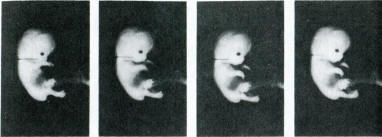
Stills from a motion picture in the seventh week, showing earliest movement. Published in 1962 in Flanagan, pp44-5.
Stills from a motion picture at the beginning of the sixth month. Published in 1962 in Flanagan, pp68-9. Both sequences were taken by Davenport Hooker and Tryphena Humphrey, from the University of Pittsburgh School of Medicine. In fact Davenport Hooker was filming foetuses as early as 1932, but in all cases (including those pictured above) these were actually the products of therapeutic abortions, which barely survived long enough to be filmed. Hooker's 1952 film Early Human Fetal Activity can be found here. Hooker used a World War I surplus motion picture camera, rigged with a foot pedal to free his hands to stimulate the foetus while filming. [Wilson] On 4 May 2011 Pete Rogina, a member of the photo-3d Yahoo group, posted an anaglyphic 3D rendering of an ultrasound scan, made from a pair of '4D Real Time images'.
|
||
|
|
||
Birth |
||
|
Dziga Vertov's celebrated experimental film from 1929, Man with a Movie Camera, includes footage of a woman giving birth (about 28 minutes into the film)—the earliest motion picture of such an event so far located. On 20 November 2010 doctors at the Charité hospital in Berlin succeeded in recording live MRI images of a baby's birth, the mother having volunteered to give birth inside the imaging machine. According to project manager Felix Güttler, the mother was inside the machine from the full dilatation of the cervix until the head of the baby came out of the birth canal. [Keuning; Daily Mail]
|
||
|
|
||
New-born baby |
||
|
The earliest photo so far located of a very young baby is this albumen cabinet card of c. 1870 (Collection Hedy Van Erp). Although the baby looks very young, this looks like a christening photo. [Baby—Picturing the Ideal Human]
|
||
|
|
||
Wedding ceremony |
||
|
The marriage of Charles Sherwood Stratton ('General Tom Thumb') to Lavinia Warren on 10 February 1863, at Grace Episcopal Church in New York, was photographed by Matthew Brady's studio. Although this photo is clearly a studio recreation, it's the earliest photo of a marriage ceremony so far located.
A stereoview of the same event. The wedding of Princess Maud to Prince Carl of Denmark, on 22 July 1896, was filmed by Robert Paul in 1896, but the film is not known to survive. [Christie] The Marriage of the Earl of Crewe and Lady 'Peggy' Primrose at Westminster Abbey, 20 April 1899, was filmed by the British Mutoscope Co. A copy of the film (1 min 05 s) is held in either the BFI National Archive or the Nederlands Filmmuseum, and with other Mutoscope and Biograph films was shown, in a restored print, at the Pordenone Silent Film Festival in 2000. (Spehr, p. 528; The Wonders of the Biograph)
The earliest surviving filmed wedding so far located is that of Princess Mary, the Princess Royal (only daughter of King George V) to Henry, Viscount Lascelles, on 28 February 1922, at Westminster Abbey. Probably the biggest British newsreel story of the decade, Topical Budget employed 15 cameramen along the route, paying in excess of £75,000 in today's money for the best camera positions. The eight-minute film includes a short sequence showing the actual ceremony, inside the Abbey.
The earliest surviving colour film including footage of the ceremony (so far located) is of the wedding of an unnamed couple on 6 February 1943. Although there is colour film (Gaumont Chronochrome process) made on the occasion of the marriage of Princess Viktoria Luise of Prussia to Ernest Augustus, duke of Brunswick, on 24 May 1913, the footage is overwhelmingly of the associated military pomp, rather than of the wedding or the couple themselves.
|
||
|
|
||
The wedding event (excluding the ceremony) |
||
|
This portrait is of Alexander Work and Hannah March, who married in Perry Co., Pennsylvania on 7 November 1850. If, as descendants believe, it is a wedding portrait, it's the earliest such so far located. The image is described as copied from a daguerreotype or tintype. [Work]
"The Wedding party of Florence Saunders and the Reverend Frederick Manners Stopford in the garden of Westbourne Lodge, Harrow Road." Photographed 8 June 1857. The earliest photograph of a wedding party located so far. [Corbis]
The earliest surviving film of the wedding event is of the wedding of Dragutin Todorovic and Branka Minic in Majdevo, Serbia, on 15/28 August 1911, filmed by Louis de Berry. Huntley's Film 4847 would appear to include footage of at least one Edwardian wedding, but dates are not given.
The earliest surviving colour film of a wedding so far located was made on the occasion of the marriage of Leah ____ and Jerry ____ in Plain City, Ohio, in 1936. The ceremony itself is not included.
|
||
|
|
||
Coitus |
||
|
Inevitably the first recorded images,
both still and moving, were pornographic. The earliest known photographic image of coitus is an 1846 daguerreotype housed at the Kinsey Institute; it is said to depict "a middle-aged man inserting his phallus into a middle-aged woman's vagina." [The History of Modern Pornography] Although the 1896 film Le Coucher de la Marie has been said to have displayed a couple having sex, of this seven-minute film just over three minutes survive, depicting the bride stripping to her underwear. [The History of Modern Pornography, Wikipedia] In the Argentinian short El Satario or El Sartorio—considered one of the earliest adult films (not dated, but possibly as early as 1907)—three women frolic in a river and start fondling one another. A man dressed as a devil emerges out of the foliage and captures one woman. Oral sex ensues, followed by regular intercourse. Every few seconds the action is intermingled with close-up shots of his penis pushing inside her. As the woman dismounts from the 'devil,'sperm falls from her vagina. El Sartorio would appear to be the earliest surviving filmed depiction of intercourse. [Wikipedia includes a poor-quality print, but notes that others date the film to the 1930s.] An ultrasound study of human coitus was published in 1992. And in 1999 a paper was published on 'Magnetic resonance imaging of male and female genitals during coitus and female sexual arousal.' [Faix et al.]
|
||
|
|
||
Death and dyingNB I have chosen not to include clips in this section, on grounds of taste. Links are, however, included, though only to the older clips.
|
||
|
It is not surprising that the earliest motion pictures of a person
dying are of violent deaths—executions, accidental deaths, and
suicides. The first real execution that was filmed was The Hanging of William Carr. It was produced and filmed by Frank Guth on 17 December 1897. Shot in Liberty, Missouri, it showed the execution of William Carr (a farm labourer convicted of killing his three–year–old daughter) by Sheriff J.H. Hymer. There is an interesting account of the filming and subsequent exhibition in Wood. It is not clear whether or not this film survives. [Wood; Pictureshowman] The Austrian-born French inventor Franz Reichelt died when testing a parachute by jumping off the Eiffel Tower. The event, on 4 February 1912, was filmed, the earliest-surviving filmed death by accident or misadventure. [Reichelt] The earliest death of a woman captured on film was the suicidal suffragette protest by Emily Davison, who threw herself before the King's horse at the Derby on 8 June 1913 (though in fact she died four days later, in hospital). [British Pathé] The British comedian and magician Tommy Cooper died of a heart attack during a live TV performance on 15 April 1984, the death being captured on film. This is film of the earliest death from natural causes so far located.
|
||
|
|
||
Dead human |
||
|
Father holding his dead child This quarter-place daguerreotype is the earliest post mortem photograph so far located, dating from c. 1844. [Clarke, ed.: 182, with acknowledgements to Matthew Isenburg] Buckland [p67] reproduces a French daguerreotype of a dead child, said to have been made about 1841, but the 'about' seems particularly vague.
Library of Congress, LC-DIG-stereo-1s02909 The earliest 3D photo of a dead person so far located is this image of a Confederate soldier, taken by Alexander Gardner in early July 1862, and published by E. & H.T. Anthony & Co. in 1863. [Library of Congress]
|
||
|
|
||
Funeral |
||
|
Luminous Lint LL/44470:
from a private collection |
||
|
This albumen print by Alphonse Bernoud, of the Funeral by the Misericordia's Brothers in the Men's Hospital of Santa Maria Nuova, in Florence, is dated to c. 1860. The Library of Congress has a number of stereo photographs of the funeral of Abraham Lincoln on 29 April 1865.
|
||
|
|
||
|
The earliest-located moving picture of a funeral is this footage of the funeral of some of the victims from the sinking of the USS Maine. It was filmed by the Edison company on 27 March 1898, at Key West, Florida. This is from the Library of Congress Paper Print Collection. |
||
|
|
||
Interment |
||
|
|
||
|
The earliest photograph of the act of interment so far located would appear to be this stereograph, taken by John C. Taylor, on or shortly after 15 December 1862. [Library of Congress] |
||
|
The earliest moving pictures of an interment appear to be the couple of seconds included towards the end of the YouTube clip of the funeral of the old Fenian Jeremiah O'Donovan Rossa, which took place on 1 August 1915. |
||
|
|
||
Cremation |
||
|
The earliest-located photographs of a cremation may be those in a photograph album of Ceylon and Siam, from ?1883, held, but not yet digitized, by the Library of Congress. |
||
|
The earliest stereoscopic image of a cremation would appear to be the Underwood & Underwood stereograph of the body of one of the victims of the 1906 San Francisco earthquake burning on a funeral pyre. [Corbis] |
||
| The earliest-located moving pictures of a cremation would appear to be the 15-minute 16mm documentary made in 1926 by Willy Mullens and Adriaan A. Gerbrands, entitled Bali (Indonesien)—Leichenverbrennung und Einäscherung einer Fürstenwitwe ["Bali (Indonesia)—Cremation and Incineration of a Prince's Widow"], of which there is a copy in the Audiovisual Collection of the Swiss Ethnological Society. [Jakarta Post] | ||
|
|
||
© 2011–2023 Benjamin S. Beck |
If you know of any suitable examples, please contact me.
|
|
